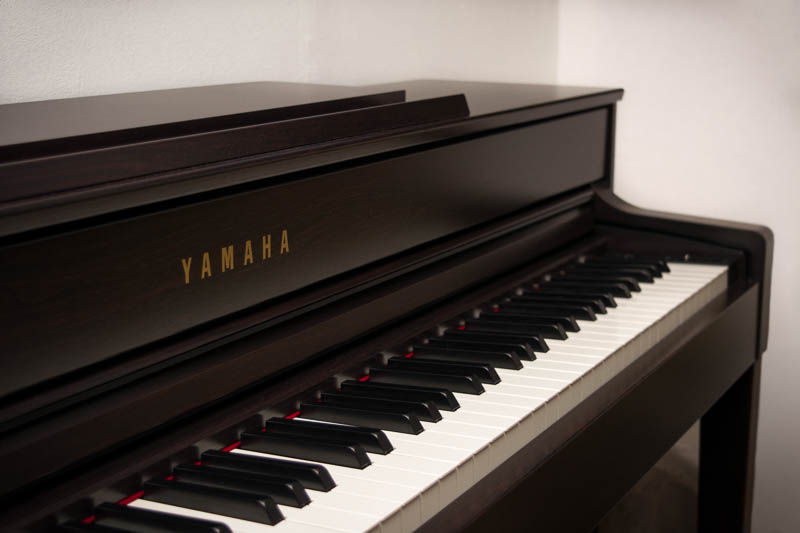Topic: Using Piano's internal speakers with Pianoteq?
Hey everyone, I'm going to get a new DP soon, hopefully the Kawai CN35 or Yamaha CLP545, which apparently both have pretty good internal speakers (2 bass-mid and 2 treble speakers pointing up) (other suggestions for pianos are welcome). and I want to know if anyone of you guys play the sound from pianoteq into the internal speakers of your DP's. I want to emulate that immediacy feeling and vibration you get from playing an acoustic, or when your DP has built-in speakers, they vibrate the keys as well.
I already talked with a kawai rep through email and it can be done, but I have yet to test it in the store before I buy anything.
Hopefully you have insights and experience on this idea.
Thanks!!
